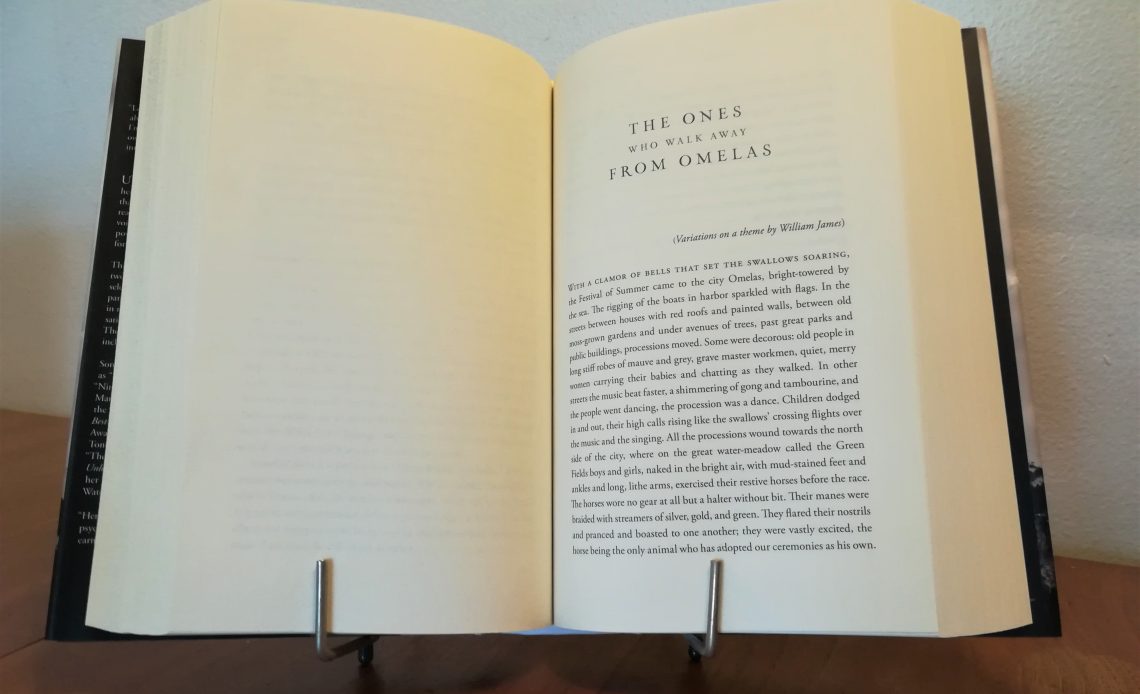

It’s a morally incorrect and a hard statement, but it’s a sacrifice that Omelas people have to make, and its not evil as it sounds when looked at from perspective of pragmatism.Its easy to blame the people of Omelas, but its not logical as it may sound.īennett, Barbara. The child has to be sacrificed for the common good. In summary, the kid is the scapegoat himself in this story. Its morally more striking to kill a child than a grown man or woman. Langbauer states: "Presenting children's suffering forces us to regard it.Much too often we screen ourselves from the agony of children, as Dickens's parents did, as Scrooge does, as even Dickens did too, because it hurts too much to consider." (95) The scapegoat has to be a kid, because kids symbolize things like innocent and purity. It's a term used to describe someone who takes the blame for the things he/she …show more content… It wouldn’t be shocking to readers if it wasn’t a kid. To examine scapegoat motive in this short story, one must talk about the 'Scapegoat'. In this paper, I will analyse the scapegoat motif in "The Ones Who Walk Away From Omelas." The story questions whether can you live while an innocent kid suffers, or would you walk away? In this way, Scapegoating becomes necessity for the order of the Omelas society. The city is unique, because while the citizens dwell in wealth and prosperity, one kid must suffer and live in filth. "The Ones Who Walk Away From Omelas" is a short story by Ursula Le Guin which tells the story of a city called Omelas.


 0 kommentar(er)
0 kommentar(er)
